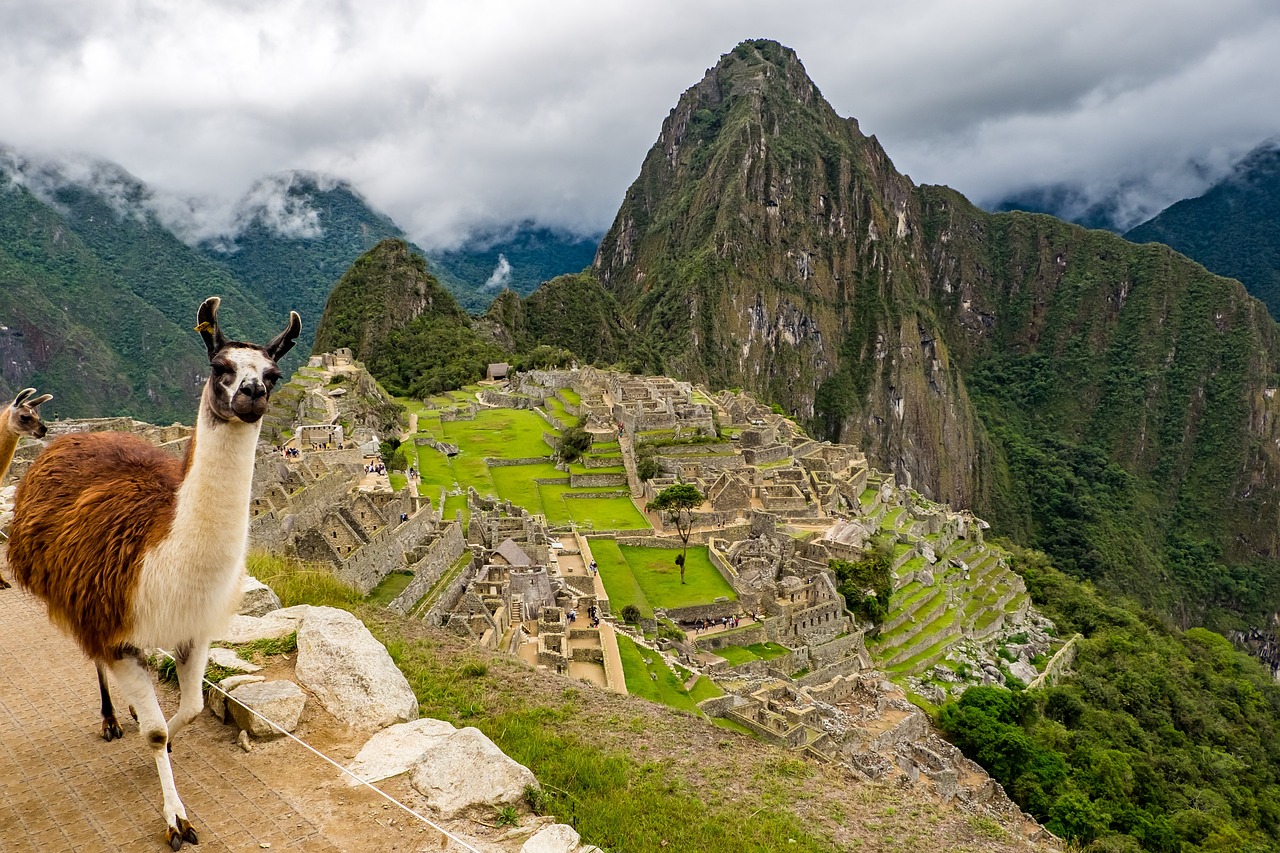Located in the Peruvian Andes at a height of 7970 feet above sea level, Machu Picchu in Peru is a top choice on many people’s bucket list as a must-visit destination with 1.2 million visitors in 2013 alone. If you’ve never been before, it’s a wonder to behold – quite fittingly it has been named one of the New Seven Wonders of the World.
Incan Empire
The Incan civilisation, the largest ever empire on the American continent, was at its height in the 15th Century and is still shrouded in mystery. Archaeologists discover more about the incredible site every year, and it has been awarded the status of a UNESCO World Heritage Site in 1983. The city of Cuzco was the centre of the Incan Empire but was conquered by the Spanish between 1536 to 1537, and has Spanish baroque architecture and Incan ruins laying together. Altogether a fascinating historical site.
The Site Itself
Now you have the background, here is some info on the actual site itself. The city stretches over 5 miles. After the Spanish conquistadores wiped out the Incan empire in the 16th century, the site was left largely untouched until in 1911, the US archaeologist Hiram Bingham rediscovered the site and it became widely known. Yet, the reason Machu Picchu was deserted is still not clear. There are thousands of stone steps linking the terraced layers of the city. The Incas had an advanced irrigation system, places of worship like the Intihuatana Stone and the Temple of the Sun, as well as sophisticated architectural techniques.
Why Visit This Year?
Because of the site’s incredible popularity, the authorities have considered placing it on UNESCO’s endangered sites list – it already has a ‘no-fly’ zone above it. As the volume of people trekking there adds up, the more the impact of erosion and cumulative damage is made evident, causing concern among academics and archaeologists about preserving the area for future generations. These concerns mean that access to Machu Picchu has to be limited to tourists. Here are the facts:
- Only 2500 tourists are permitted to visit the site per day
- The Inca Trail requires permits – these are limited to 500. 3 out of 5 people trekking the trail will be either a porter or an experienced guide.
- The routes of the trail are still being debated for preservation purposes
With this knowledge in mind, it is advantageous to book your trip through a provider such as Encounters Travel, who can offer expertise and all-important knowledge to ensure you have the most enjoyable and smooth trip possible.
Inca Trail
The best and only way to traverse this landscape is on foot, with the aid of a team of guides and porters with you. It will be a full body experience – it is approximately 26 miles long and takes four days. It is one of the most sought-after experiences for the terrain and scenery it passes through: you’ll walk through cloud forests, sub-tropical jungle, Inca ruins and mountains.

Due to its location, trekking at this height above sea level can result in altitude sickness, and as such, the advice here is to be prepared. Check out medical and legal resources at length before your visit. The most important point here is to make sure you’re covered for this eventuality.
The mystery of the site’s abandonment, its eerie and expansive presence and the fascinating archaeological evidence of Inca civilisation are reasons enough to be enthralled by this mind blowing place. Many people today make the journey to see the famous view of the sunset over the dark outlines of the city, really echoing the sun worship of the ancient civilisation that came hundreds of years before them.



